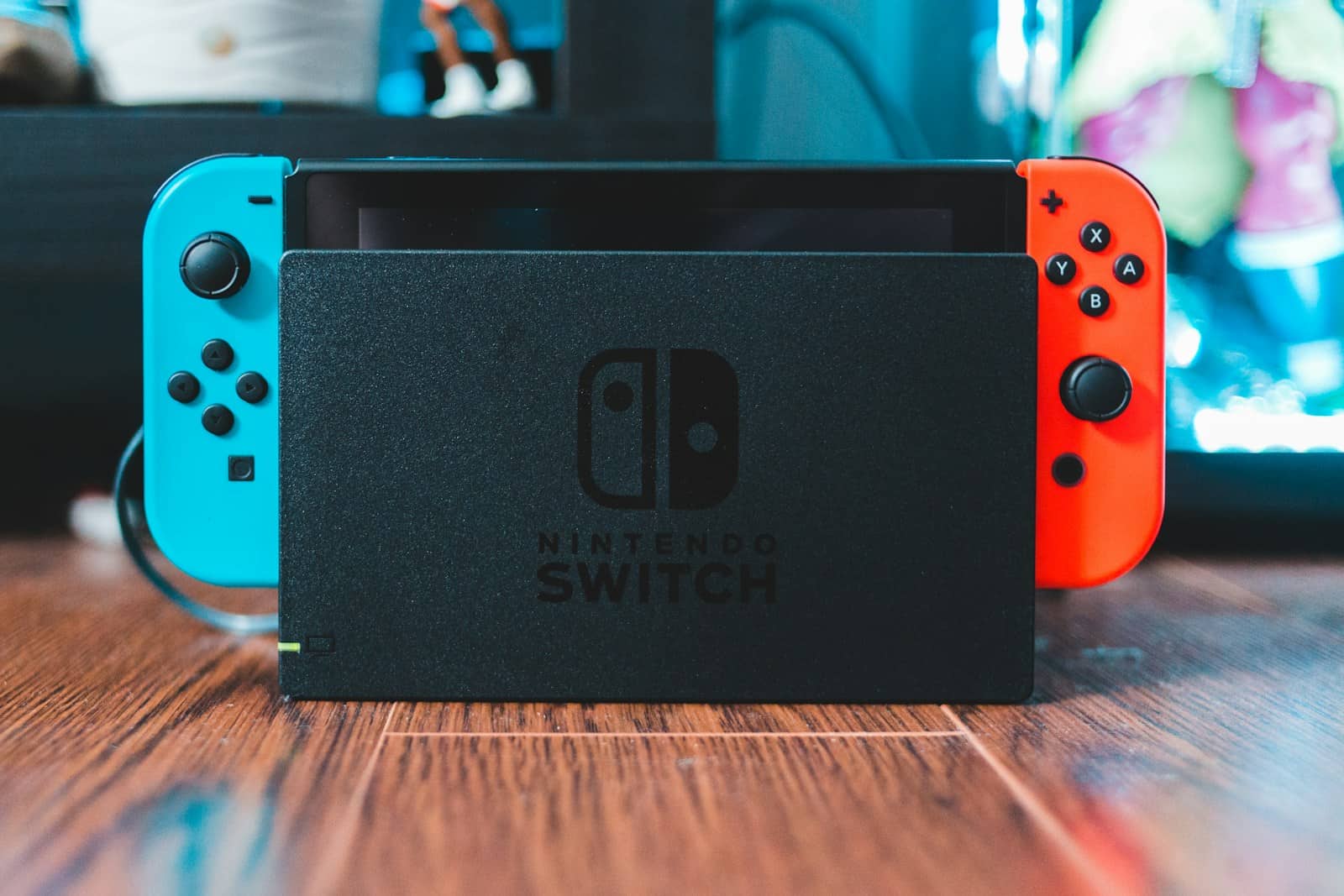Recent leaks of internal emails from Nintendo have raised questions about whether the company planned to bring its Virtual Console to the Nintendo Switch. The Virtual Console was a popular service on older Nintendo systems that let players buy and own digital copies of classic games from consoles like the NES, SNES, and N64. However, this service has been replaced by Nintendo Switch Online (NSO).
With Nintendo Switch Online, players get access to a rotating selection of classic NES and SNES games as part of a paid subscription. In 2021, Nintendo added Nintendo 64 and Sega Genesis games to a higher-priced tier of NSO called the Expansion Pack. This allows players to enjoy games like Super Mario 64 and Sonic the Hedgehog 2 on their Switch.
The emails highlight Nintendo’s earlier plans for the Virtual Console and show how access to retro games is changing. While Nintendo Switch Online has some limitations, it also shows how game developers are trying to create experiences for new players. As Nintendo adds more classic games, fans hope to see their favorite titles return, driven by nostalgia and new ideas in retro gaming. Although the Virtual Console is not currently available on the Switch, its impact can still be felt in the gaming community and continues to inspire hopes for the future of retro gaming.
Nintendo Switch Virtual Console Rumors
The Virtual Console’s History
Nintendo’s Virtual Console was a popular service on past consoles like the Wii, Wii U, and 3DS. It allowed players to buy and download classic games from older systems. This service was popular with fans who wanted to replay old favorites or experience games they missed. The absence of a similar service on the Nintendo Switch has been a point of discussion among fans.
Leak Suggests Virtual Console Plans
A recent leak has brought new information to light. Data found within Nintendo’s systems suggests that the company did plan to bring Virtual Console to the Switch. This information comes from files related to the Nintendo Switch Online service. The leak includes references to game IDs and other data that point to a potential Virtual Console service.
What the Leak Reveals
The data suggests that Nintendo had plans to offer games from various consoles. These consoles include:
- NES: Nintendo Entertainment System
- SNES: Super Nintendo Entertainment System
- N64: Nintendo 64
- Game Boy: Original Game Boy and Game Boy Color
- Game Boy Advance:
This list includes many consoles that were previously available on the Virtual Console. It is important to note that this is based on leaked data and not official announcements.
Why the Virtual Console Didn’t Launch
The reason Nintendo didn’t launch the Virtual Console on the Switch is not clear. Some speculate that Nintendo wanted to focus on the Nintendo Switch Online service. This service offers a selection of NES and SNES games as part of its subscription. This may have been seen as a replacement for the Virtual Console.
Comparing Virtual Console and Nintendo Switch Online
Both services offer access to classic games, but they have key differences. The Virtual Console allowed users to buy individual games and own them permanently. Nintendo Switch Online offers access to a library of games as long as the user has an active subscription. This means that if the subscription ends, access to the games is lost.
| Service | Ownership | Cost |
|---|---|---|
| Virtual Console | Permanent Purchase | Individual Game Prices |
| Nintendo Switch Online | Subscription-Based | Monthly/Annual Fee |
What This Means for Switch Owners
While the Virtual Console is not currently available, the leak suggests that Nintendo considered it. It is possible that Nintendo could change its plans in the future. For now, Switch owners can access a selection of classic games through Nintendo Switch Online.
The Future of Classic Games on Switch
The leak raises questions about Nintendo’s future plans for classic games on the Switch. It is possible that Nintendo could introduce a new service that combines elements of both the Virtual Console and Nintendo Switch Online. This could offer a more flexible way for players to access classic games. For example, Nintendo could offer a higher tier of Nintendo Switch Online that includes a larger library of games or the option to buy certain games permanently.
Short Summary:
- Nintendo initially planned to integrate the Virtual Console model into the Switch.
- Development under the codename “Clipper” began in 2015 but was halted in 2017.
- The decision shifted to Nintendo Switch Online due to cost concerns and user feedback.
The world of retro gaming has always held a special place in the hearts of Nintendo fans. Ever since the advent of the Virtual Console on the Wii in 2006, players have enjoyed digital access to beloved classics from past generations. From Super Mario Bros. to The Legend of Zelda, the Virtual Console has allowed gamers to relive the nostalgia of yesteryear. However, the transition to the Nintendo Switch has sparked mixed reactions regarding the absence of a dedicated Virtual Console service. Recent insights unveiled through leaked iQue emails, shared by the well-regarded modder known as LuigiBlood, suggest that Nintendo once had ambitious plans for the return of Virtual Console on the Switch platform.
The leaked correspondence reveals that Nintendo initiated development of a version of Virtual Console specifically for the Switch, under the codename “Clipper,” as early as 2015. This collaborative effort involved various internal teams, including iQue and M2, and highlighted features such as the option to start games in a simulated CRT mode complete with nostalgic sound effects. LuigiBlood, a recognized figure in the emulation and preservation scenes, emphasized the importance of these findings in a recent Tumblr post. He commented:
“What could have been! The details gleaned from the iQue email leak provide a glimpse into Nintendo’s ambitious plans for retro gaming on the Switch. The level of detail in animations and sound design suggests that Nintendo was willing to enhance the user experience actively.”
During the testing phase of the Clipper project, a variety of titles were examined for compatibility and performance, including fan-favorites such as Final Fantasy I and III, Mega Man 2 through 6, and Ganbare Goemon! Karakuri Dōchū. In addition, a noteworthy proposed multiplayer function would shuffle controller assignments randomly every 30 seconds during gameplay, making for a dynamic and entertaining gaming experience. Yet, as intriguing as these revelations are, plans for Clipper eventually ceased by 2017, coinciding with the release of the Nintendo Switch itself.
As Nintendo’s focus shifted towards enhancing the user experience, an internal memo from the development team NERD shed light on the decision-making process that led to abandoning the Clipper initiative in favor of what would eventually become Nintendo Switch Online’s “L-Classics.” According to this correspondence, several challenges plagued the Virtual Console’s original business model. High development costs, coupled with customer dissatisfaction regarding the inability to transfer previously purchased titles across platforms, played a significant role in the pivot:
“The previous approach of releasing individual Virtual Console titles was not sustainable. Players expressed frustration with having to repurchase games they already owned on different systems. This led to a re-evaluation of our strategy.”
Transitioning to the Nintendo Switch Online model allowed Nintendo to implement a new strategy that emphasized subscription access to a library of classic titles rather than individual purchases. This move aimed to accommodate a broad catalog of retro games while reducing the high overhead costs associated with emulating multiple platforms. Now, instead of relying on the extensive testing required for each new emulator on each platform, the L-Classics project aimed for a seamless integration experience that would enable the company to offer over thirty titles in a bundled format.
Technical Challenges and Solutions
Despite the ambitions behind the Clipper project, significant technical challenges persisted within the Nintendo development teams. As noted, the primary concerns revolved around the emulation for various platforms—specifically the NES, SNES, and the more challenging Nintendo 64. Team NERD, working in tandem with iQue, discussed several strategies to optimize emulator performance and manage code effectively for their retro platforms. One major consideration was the transition to modern graphics APIs like Vulkan, a technology that promised improved performance and better graphics rendering capabilities. The email correspondence highlighted a vital need for developers to embrace automation in their testing processes:
“Streamlining our testing with automated systems will allow us to maintain efficiency while continually delivering fresh content to our users.”
The shift away from Virtual Console to the Nintendo Switch Online model also hinted at a desire for long-term sustainability within Nintendo’s retro gaming ecosystem. By establishing a solid foundation through the L-Classics initiative, the company aimed to facilitate ongoing support, future features, and the rollout of new titles. Future updates to the NSO service would also maintain the prospect of integrating nostalgic properties while giving developers improved tools to address previous concerns. The overarching goal, as outlined by NERD, emphasized a need for a unified approach to all emulators employed in the NSO framework:
- Deliver a substantial library of initial titles.
- Ensure all emulators remain well-maintained and supported for the long term.
- Integrate various emulators without duplicating code where possible.
Legacy of Virtual Console and Future Prospects
While the decision to pivot from the original Virtual Console model to the Nintendo Switch Online subscription approach brought about a broader selection of retro titles, it has also met with criticism. Many gamers who cherished the option to purchase classic games outright expressed disappointment that the subscription model might obscure their access to beloved titles. As one fan put it:
“I loved collecting my favorites on the Virtual Console, but now access feels reduced under the subscription service. It’s harder to appreciate the library as I once did.”
The leaked documents have undoubtedly sparked renewed debates on the viability of the Virtual Console model versus the current subscription system. While some gamers yearn for the past’s format, others appreciate the convenience of Nintendo Switch Online’s evolving library, which routinely adds new titles from the company’s expansive catalog.
As speculation arises regarding future developments in Nintendo’s approach to retro games, many fans remain optimistic that elements of the Virtual Console can resurface in innovative forms. With evidence indicating that Nintendo was exploring various emulation possibilities for consoles like the GameCube, the prospect of a GameCube NSO application remains a tantalizing thought for fans. It also circles back to important questions regarding how such titles would be integrated into existing subscription tiers:
- Will GameCube classics appear as part of the existing NSO subscription?
- Will they be offered for standalone purchase or be bundled into a higher-tier service?
- How will Nintendo balance remastered games with original versions to avoid undercutting sales?







